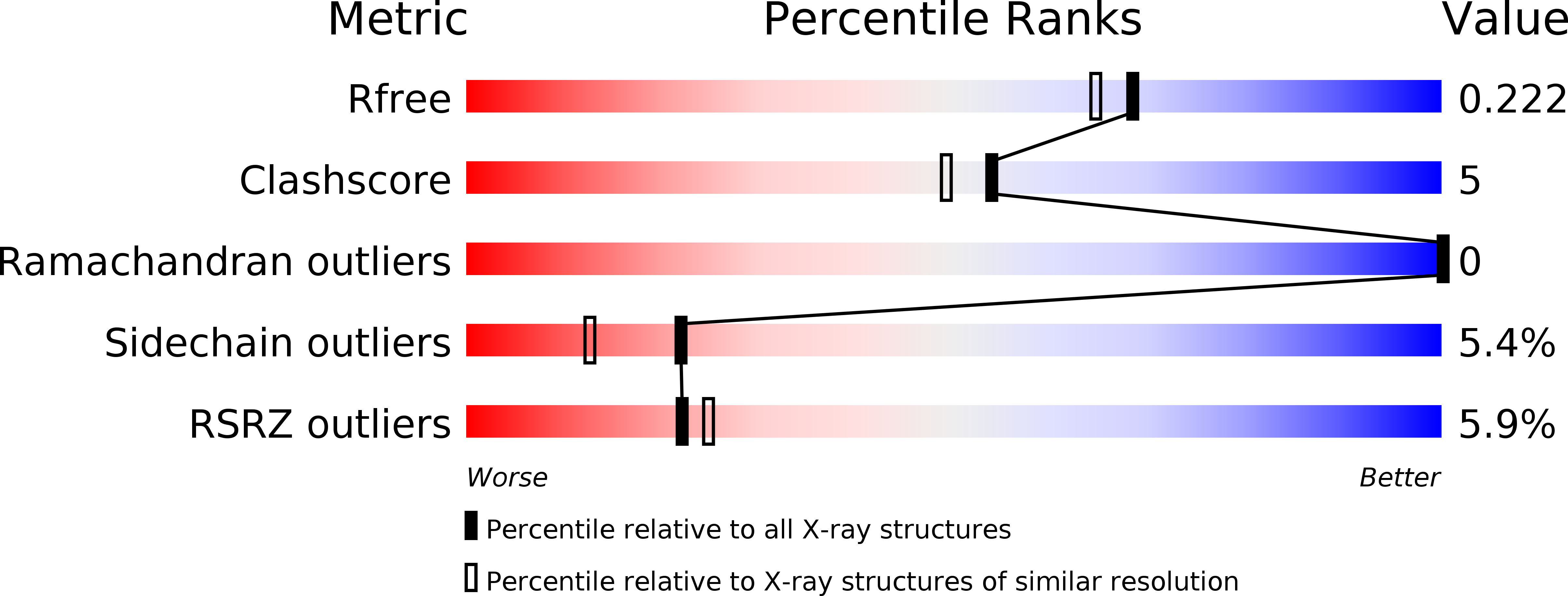
Deposition Date
2004-05-18
Release Date
2004-11-02
Last Version Date
2023-08-23
Entry Detail
PDB ID:
1T9M
Keywords:
Title:
X-ray crystal structure of phzG from pseudomonas aeruginosa
Biological Source:
Source Organism:
Pseudomonas aeruginosa (Taxon ID: 287)
Host Organism:
Method Details:
Experimental Method:
Resolution:
1.90 Å
R-Value Free:
0.23
R-Value Work:
0.18
R-Value Observed:
0.18
Space Group:
P 21 21 21


